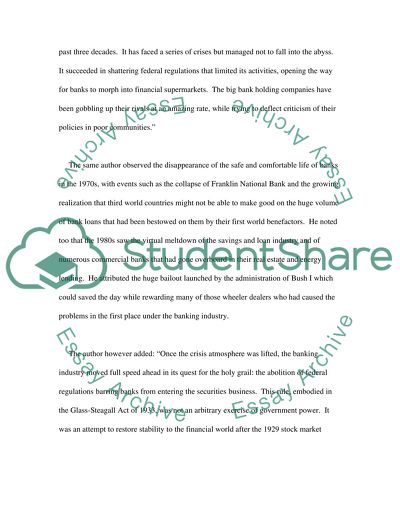Cite this document
(“Finance topic: Merger/acquisition of Bank One by Chase Essay”, n.d.)
Finance topic: Merger/acquisition of Bank One by Chase Essay. Retrieved from https://studentshare.org/miscellaneous/1537036-finance-topic-mergeracquisition-of-bank-one-by-chase
Finance topic: Merger/acquisition of Bank One by Chase Essay. Retrieved from https://studentshare.org/miscellaneous/1537036-finance-topic-mergeracquisition-of-bank-one-by-chase
(Finance Topic: Merger/Acquisition of Bank One by Chase Essay)
Finance Topic: Merger/Acquisition of Bank One by Chase Essay. https://studentshare.org/miscellaneous/1537036-finance-topic-mergeracquisition-of-bank-one-by-chase.
Finance Topic: Merger/Acquisition of Bank One by Chase Essay. https://studentshare.org/miscellaneous/1537036-finance-topic-mergeracquisition-of-bank-one-by-chase.
“Finance Topic: Merger/Acquisition of Bank One by Chase Essay”, n.d. https://studentshare.org/miscellaneous/1537036-finance-topic-mergeracquisition-of-bank-one-by-chase.


